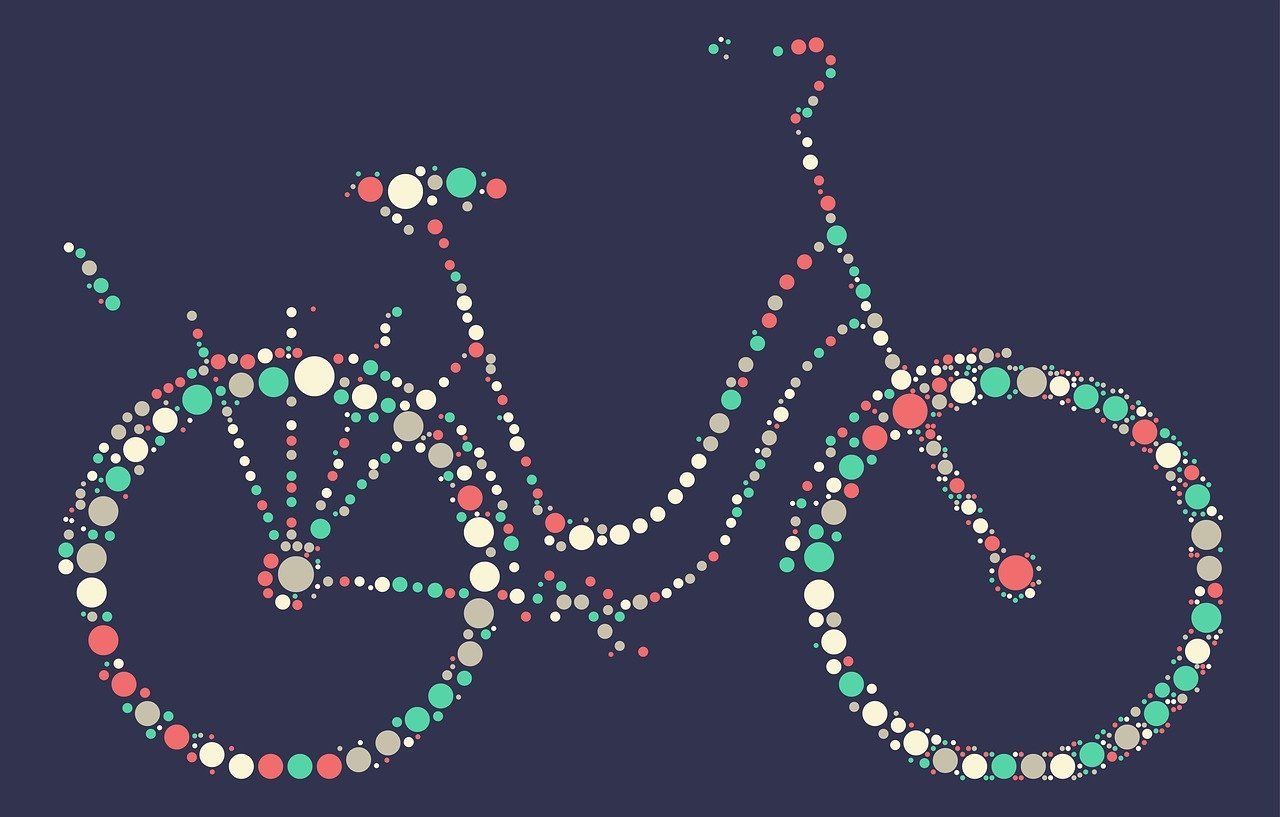
Sustainability is no longer a mere buzzword; it is a necessity. As the global community grapples with climate change, resource depletion, and environmental degradation, the product design industry stands at a pivotal crossroad. Sustainable product design, once an outlier, is rapidly becoming the industry's nucleus. It embraces innovations that are not only eco-friendly but also economically viable and socially equitable.
As we stand on the threshold of a greener tomorrow, let's explore the trends and innovations setting the tone for the future of sustainable product design.
Biomimicry in Design: Nature, with its millions of years of evolution, offers ingenious solutions. Biomimicry, the art of emulating nature's strategies in design, is gaining traction. Whether it's the bullet train in Japan inspired by the kingfisher's beak or self-cooling buildings modeled after termite mounds, nature's blueprints are proving invaluable.
Circular Product Lifecycle: The traditional linear model of "make, use, dispose" is giving way to a circular economy where products are designed for longevity, reuse, and eventually, recycling. Brands like Patagonia, with their "Worn Wear" initiative, promote the repair and reuse of their products, extending their lifecycle considerably.
Bio-Based Materials: Petroleum-based plastics are being substituted with bio-based materials. From mushroom leather to algae plastics, these renewable materials are reducing the carbon footprint of products. Notable is Adidas's Futurecraft Biofabric shoes, made from synthetic spider silk.
Energy-Efficient Production: Energy consumption during the production phase is getting significant attention. Manufacturers are leaning towards renewable energy sources, and technologies like 3D printing are allowing for precision, reducing waste.
Minimalist Design: Less truly is more when it comes to sustainable design. Minimalist products, with fewer components and simpler assembly, not only reduce material use but also energy consumption. Apple's commitment to reducing product complexity is a prime example of this approach in action.
Eco-Friendly Packaging: The era of single-use plastics is on the wane. Packaging innovations like seaweed-based wrappers, compostable materials, and zero-waste packaging systems are revolutionizing product presentation and shipment.
Digital Twins in Product Design: This involves creating a virtual replica of a product to simulate its behavior in real-world scenarios. By doing so, designers can make adjustments without wasting physical resources, ensuring optimal sustainability even before a product hits the manufacturing line.
Local Sourcing and Production: Reducing the carbon footprint associated with shipping and transportation is vital. Brands are now sourcing materials locally and even setting up regional production units, emphasizing the importance of local craftsmanship and community engagement.
Innovative Waste Reduction: Techniques like upcycling, where waste materials are transformed into high-value products, are gaining popularity. Brands like Nike are pioneering this approach with initiatives like their "Space Hippie" shoes crafted from factory scraps.
Consumer Participation: Sustainable design is becoming a two-way street. Brands are actively seeking consumer feedback and even involving them in co-designing products, ensuring longevity and relevance.
At the heart of these innovations lies a profound respect for our planet and a vision for a sustainable future. Adopting these trends and innovations is not only an ethical choice but also a smart business move. In a world increasingly conscious of its ecological footprint, sustainable product design offers brands a competitive edge and the privilege of being part of the solution.
For forward-thinking brands and innovators, the path forward is clear: a fusion of aesthetics, functionality, and eco-responsibility. With every sustainable product that hits the shelves, we're not just buying an item; we're investing in a better tomorrow.